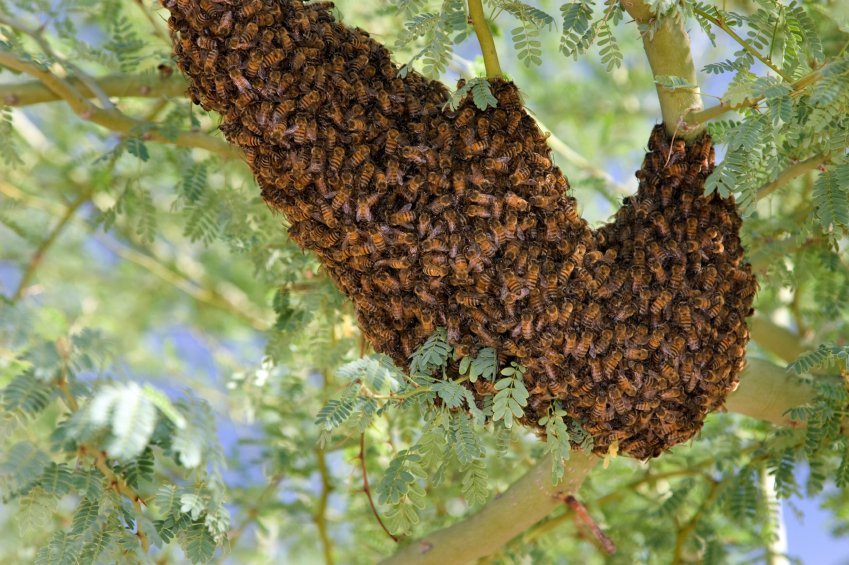(KATY, TX) — A Katy family’s three dogs were killed by a swarm of bees in their back yard, and now all residents and businesses in the area are urged to check their properties for signs of bees, inside and out.
According to the Fort Bend County Sheriff’s Office, the dogs died Friday in the Woodcreek Estates neighborhood, just north of Firethorne and south of Interstate 10 on FM 1463.
Animal control officers found a bee hive inside the hollow pillar of a wall behind the home. We’re told that hive appeared to be small until an exterminator checked it out and found it was much larger.
The hive was home to an estimated 80,000 bees.
“Basically, what we’d like to see happen is the business and the property owners go out and walk their fence lines, check their eves and if you see any of the colonies they need to be taken out,” said Maria Galvez with the Katy Office of Emergency Management. “Some homeowners did go out and inspect their properties, and they did find at least two more houses that did have smaller hives starting. The residual bees that are left over, what they do is they try to find another colony to attach to. And that had already been happening, so the bee keeper was able to handle those quickly.”
Samples were collected and sent to Texas A&M University to determine whether the bees are Africanized, or so-called “killer bees.”
Africanized bees resulted from a scientist cross-breeding bees to improve honey production. They were accidentally released in Brazil in 1957 and have been invading and capturing the hives of more docile bees ever since.
The first U.S. Africanized bees were discovered in 1985 in California. Hatched in a Venezuelan oil tanker, they spread to Texas and Mexico.
There was a study done in Tucson in 1994 that found only 15 percent of local bees had been Africanized. By 1997, the number had grown to 90 percent.
The bees can’t exist in cold-weather states, but they do very well here in Texas.
Not all exterminators handle beehive removal, but it’s recommended that you find an experienced professional if you find bees on your property.
Attack of the Killer Bees – A National Geographic Documentary


![Candidate Forum Held for Wallis City Council Race Ahead of 2024 General Election [VIDEO]](https://i2.wp.com/austincountynewsonline.com/wp-content/uploads/2024/04/Wallis-City-Sign.jpg?resize=440,264)


